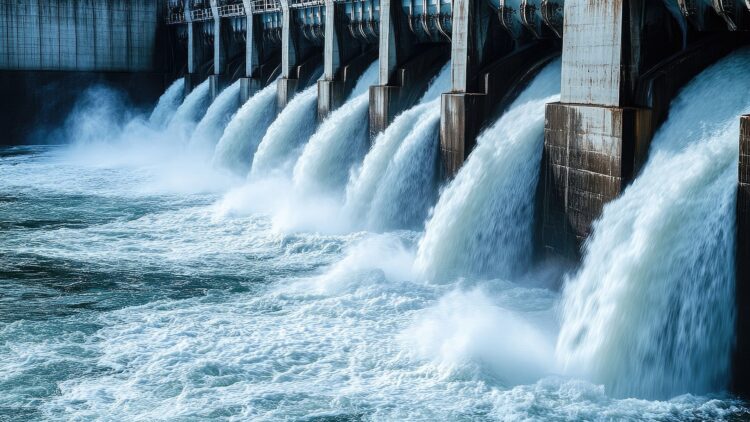In a landmark move to broaden America’s renewable energy portfolio, the U.S. Department of Energy (DOE) has allocated over $33 million to improve local hydropower and marine energy projects. This funding is intended to create an energy system that’s both clean and affordable for future generations. By prioritizing infrastructure upgrades, alongside environmental sustainability, the DOE is taking huge steps towards a more resilient energy grid.
The role of hydropower in achieving power security and sustainability
In America, hydropower is a vital component of renewable energy, accounting for approximately 27% of the nation’s renewable energy output. However, the majority of hydropower facilities—averaging 79 years in age—are in urgent need of modernization.
To address this issue, the DOE has set aside $430 million for infrastructure upgrades across 33 states, focusing on refurbishing key systems in hydropower plants such as turbines, transformers, and control systems.
These enhancements are crucial for ensuring the operational efficiency of these plants during extreme weather events, thereby increasing the stability and reliability of the U.S. energy grid. What’s more, this initiative is expected to reduce the risk of blackouts and support the integration of additional renewable sources.
Tapping into the power of the ocean to create sustainable marine energy
The DOE’s commitment extends to marine energy, which leverages the largely untapped power of ocean waves, tides, and currents.
With an investment of nearly $2.5 million dedicated to 25 marine and hydropower research projects at various laboratories across the United States, the focus is on developing next-generation energy converters. These converters are designed to supply power to remote coastal communities and provide support to the blue economy.
As these advances continue to be rolled out, marine energy is poised to become a major renewable resource. It will go a long way in boosting energy security while preserving environmental integrity.
Sustainable energy: Merging electricity production with environmental preservation
Despite the important role of hydropower in promoting a more green energy landscape, many hydropower facilities require substantial upgrades. The American Society of Civil Engineers recently assigned a grade of D to these dams, highlighting the urgency for modernization.
Evidently, the DOE is making significant efforts to upgrade these facilities, focusing not just on boosting energy generation capacity but also on environmental protection. Each dam in the U.S. presents challenges to local wildlife migration, prompting the department to launch 60 environmental programs aimed at addressing these issues.
Among the primary initiatives are the installation of fish passage structures that support the migration of aquatic organisms, as well as the introduction of innovative turbine designs that help alleviate oxygen depletion in downstream habitats. These improvements not only benefit fish populations but also promote the overall health of river ecosystems.
Furthermore, the DOE’s approach emphasizes a commitment to balancing renewable energy development with environmental responsibility. Combined with the aforementioned $430 million in funding, this strategy is supplemented by an additional $2.38 billion from private sector investments. Together, this funding covers up to 30% of costs for 293 improvement projects, distributed through the department’s Grid Deployment Office.
With plans for a second round of funding expected in 2025, the DOE’s initiative is a vital investment in the future of U.S. energy infrastructure. This will reinforce the role of hydropower and marine power in the country’s shift towards a stable energy grid.
Overall, the DOE’s investments symbolize hope for a viable future. By upgrading infrastructure and prioritizing environmental responsibility, we can unlock the full potential of hydropower and marine energy. This initiative also ensures energy security while safeguarding important ecosystems. As such, a cleaner, more resilient energy landscape for future generations seems within reach.

